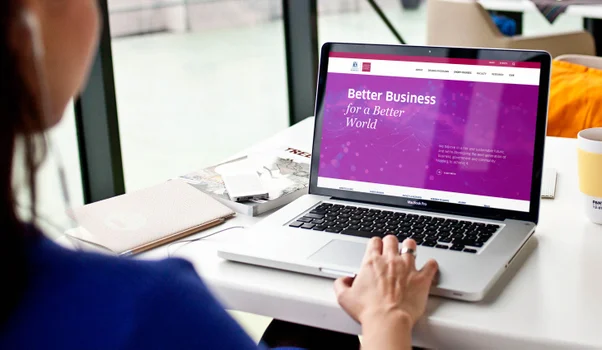Digital transformation
How we do digital transformation
1. Exploration phase
In this initial phase we align our project team with yours on the landscape you operate in, and the context of the project. We will conduct research based on both internal sources (stakeholder interviews, sales reports and business strategy documents etc.) and external sources (industry trends, competitor research and customer research).
2. Strategy phase
3. Ideation phase
4. Refinement phase
Here’s how the
framework has worked
for others

Cancer Council Australia
Cancer Council is the nation’s leading cancer charity, and the only Australian charity working across every aspect of every cancer.

Healthylife
Healthylife – part of the Woolworths Group – is a digital startup that provides customers with health and wellness advice, services and products.

Heart Foundation
Heart Foundation funds lifesaving heart research, education and work to improve heart disease prevention and care for all Australians.

Melbourne Business School
Home to leading executive education programs, Melbourne Business School needed a website that would match the calibre of its courses.